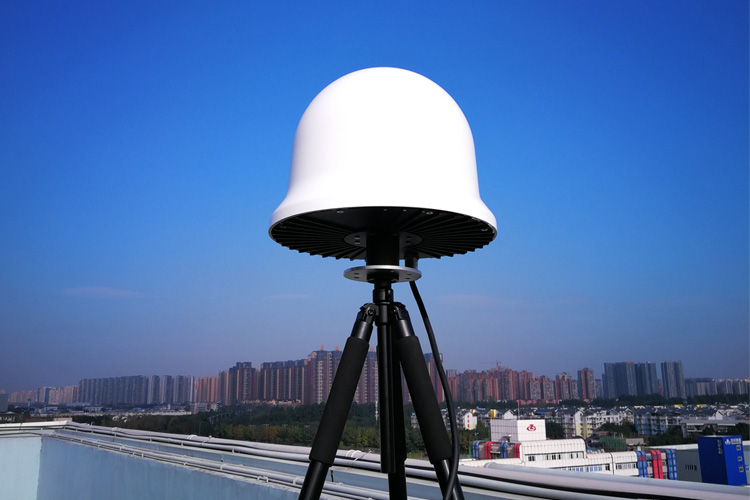The drone RF detection and jamming integrated machine ZD01 is a product developed for small areas such as detention centers, stadiums, and villas. The product can realize rapid deployment in fixed areas, realize automatic detection, and automatically suppress the integrated 24-hour unattended ope...
The No-fly zone device is mainly aimed at GPS/GLONASS/BD navigation systems, launching false satellite navigation signals to form a no-fly zone function, and drones cannot fly into the no-fly zone. The device has low radiation power, has no effect on the surrounding electromagnetic environment, a...
This product is highly integrated and uses electronic jamming technology to implement precise countermeasures against drones within 500 meters. Multi-band electromagnetic emission, ready to use, cuts off the remote control, image transmission, and navigation links of the drone at a long distance,...
Low-altitude surveillance radar is mainly used to detect ground, sea and low-altitude targets. It has excellent anti-interference ability, ground/sea clutter suppression ability, and can actively detect and track targets.
The system are using a combination of day light TV and thermal infrared image sensor, steady continuous monitoring and tracking targeted drones.
LEAVE A Message
Counter Unmanned Aerial Systems
In recent years, counter unmanned aerial systems and technologies have
continuously emerged.
UAV defence equipment can be classified from two stages: from
the reconnaissance stage, it can be divided into detection, classification, and
identification equipment; from the attack stage, it can be divided into soft and
hard killing equipment.
The role of detection, classification and identification equipment is to
comprehensively use various sensors to "discover" or "find" rough threat
targets, and on the basis of it, analyze the data collected in the detection
stage in order to remove the real targets from the mass and complex background
data.
The commonly used counter unmanned aerial systems first uses radar to detect flying
objects, then use a high-dynamic scanning camera to help find those
ill-intentioned drones, and finally uses a variety of means to interfere with
the GPS signal of the drone and the communication link to force the drone to
land or return.





